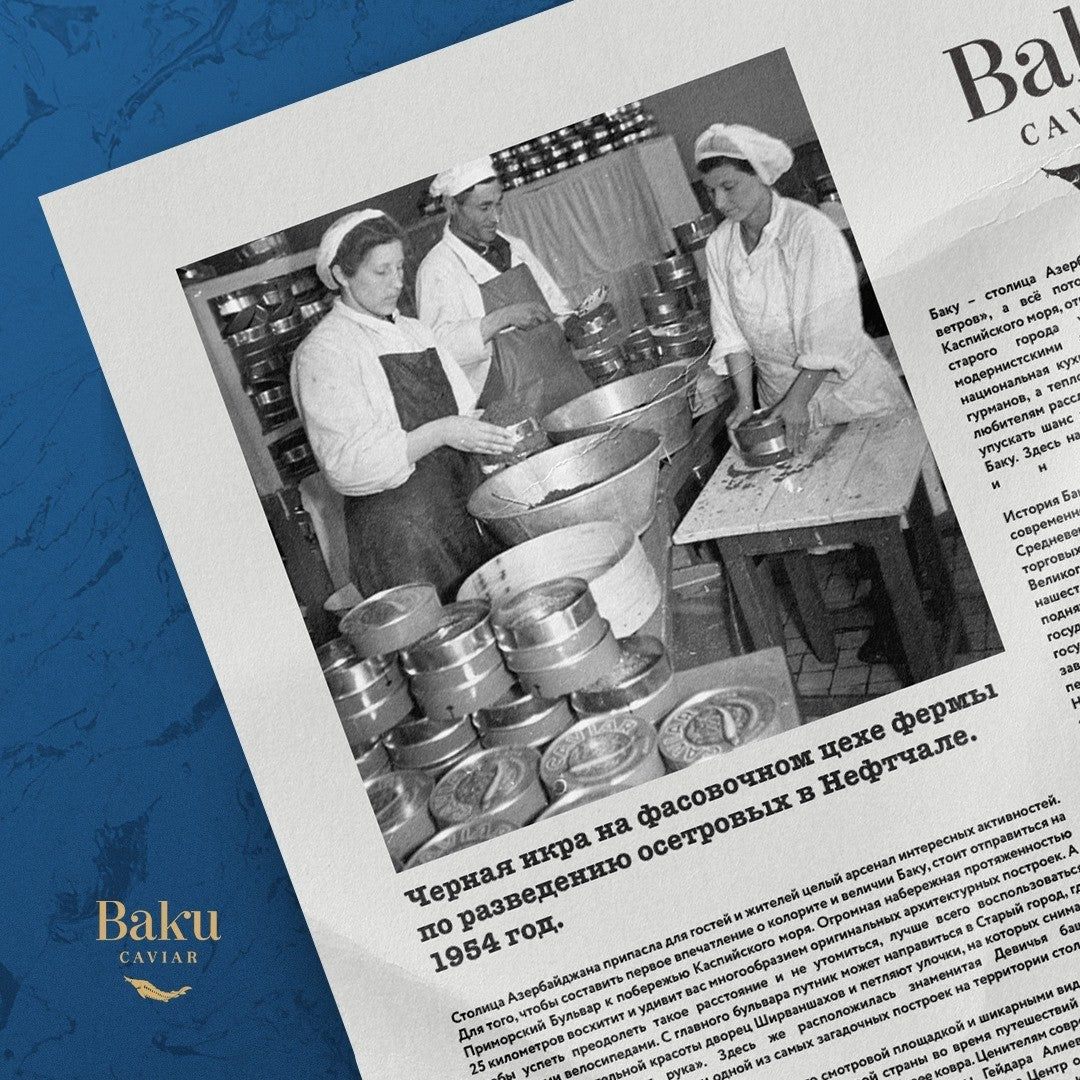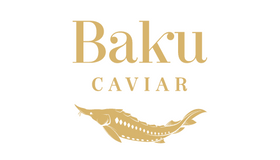It appears that your cart is currently empty

The Precious Jewel of the Caspian Sea: Sturgeons
The Precious Jewel of the Caspian Sea: Sturgeons
Introduction:
The Caspian Sea, nestled between Europe and Asia, is the world's largest inland body of water. It is home to a diverse range of marine life, but one species stands out as a symbol of luxury and decadence - the sturgeon. Sturgeons, known for their caviar-producing abilities, have been an integral part of the Caspian Sea's ecosystem and human history for centuries. In this blog post, we'll explore the fascinating world of Caspian Sea sturgeons, their importance, and the challenges they face.

I. The Sturgeon Species of the Caspian Sea:
The Caspian Sea is home to several sturgeon species, including the Beluga, Osetra, and Sevruga sturgeons. Among these, the Beluga sturgeon is the largest and produces the world's most sought-after caviar. These majestic fish can grow up to 20 feet in length, making them a true giant of the sea.
II. Caviar: The Jewel of Caspian Cuisine:
Caviar, the salted roe of the sturgeon, is often considered a culinary delicacy. Known for its unique taste and texture, caviar has been enjoyed by nobility and connoisseurs throughout history. The Caspian Sea has long been the primary source of the world's finest caviar, with the Beluga, Osetra, and Sevruga varieties being the most prized.

III. The Historical Significance of Caspian Sturgeons:
Sturgeons have played a vital role in the Caspian region's history and culture. The ancient Persians revered sturgeons for their caviar, considering it a symbol of fertility and abundance. In the 19th century, Russian tsars also cherished caviar, and it became a staple in aristocratic cuisine.
IV. Conservation Challenges:
Over the years, the Caspian Sea sturgeon population has faced significant challenges. Unregulated fishing, habitat destruction, and pollution have led to a decline in their numbers. Many sturgeon species are now endangered or critically endangered. International regulations and conservation efforts have been put in place to protect these remarkable fish and their habitats.

V. Sustainable Sturgeon Farming:
To combat overfishing and protect wild sturgeon populations, sustainable sturgeon farming has gained prominence. Farms around the world, including in countries like the United States, have successfully bred sturgeons for caviar production. This practice allows consumers to enjoy caviar while reducing the pressure on wild sturgeon populations.

VI. The Future of Caspian Sturgeons:
The future of Caspian Sea sturgeons depends on international cooperation, sustainable farming practices, and strict conservation measures. By raising awareness about the importance of preserving these majestic fish, we can contribute to their continued existence and the availability of high-quality caviar.
Conclusion:
Caspian Sea sturgeons are an essential part of the region's natural and cultural heritage. Their contribution to the world of fine dining and their significance in history cannot be overstated. As we move forward, it's crucial to balance the desire for caviar with the need for conservation, ensuring that future generations can continue to appreciate the beauty and importance of these incredible creatures from the depths of the Caspian Sea.



0 comments